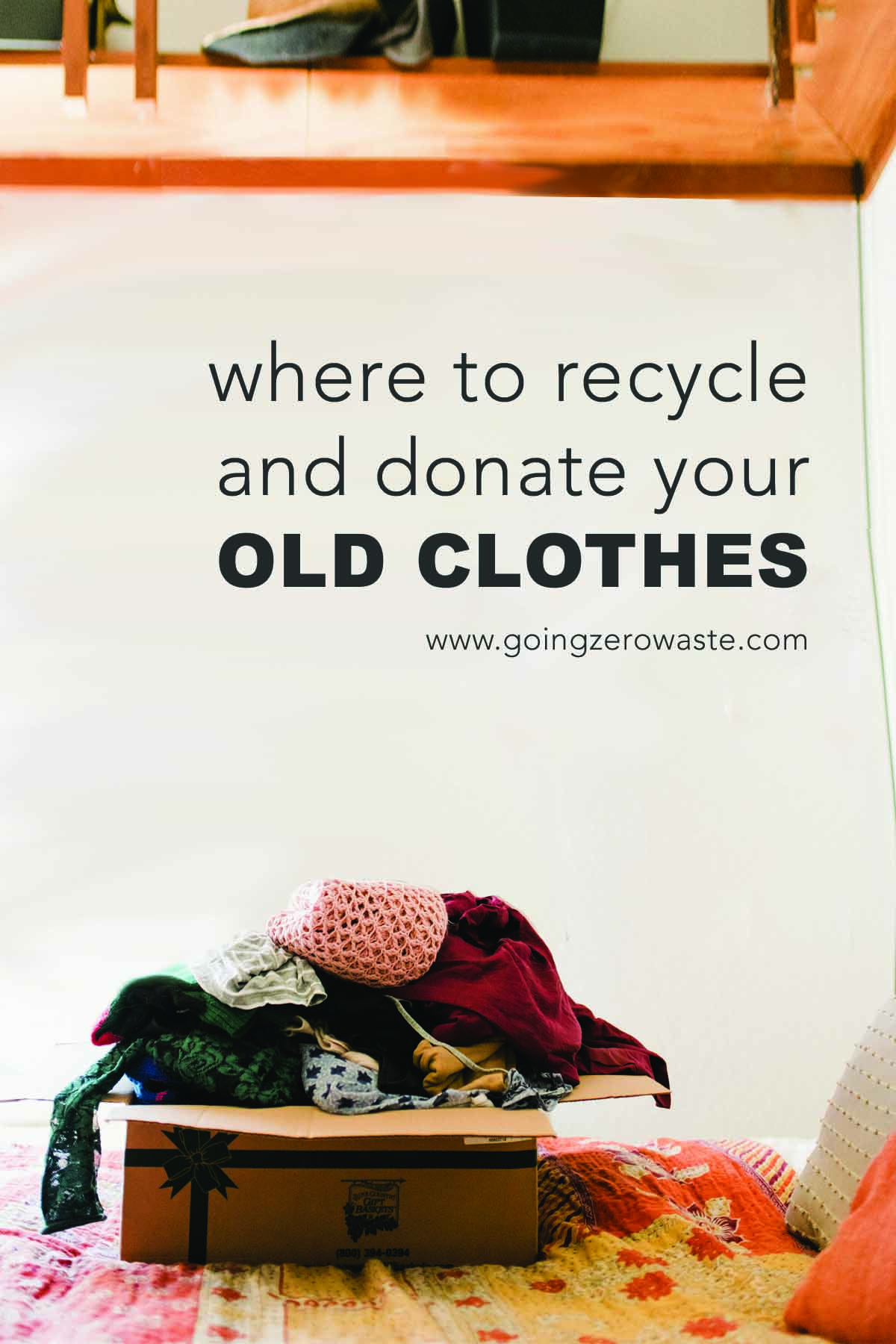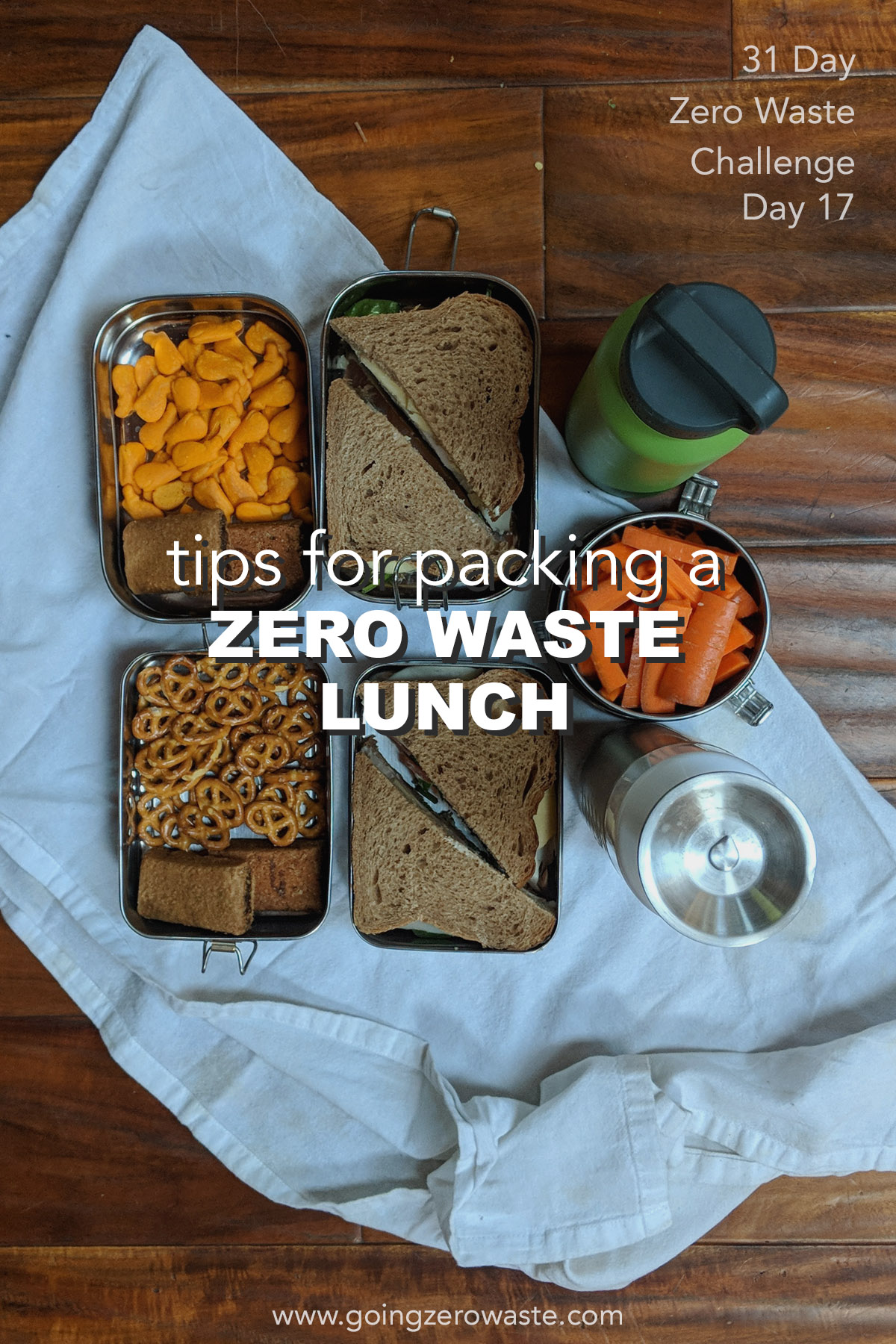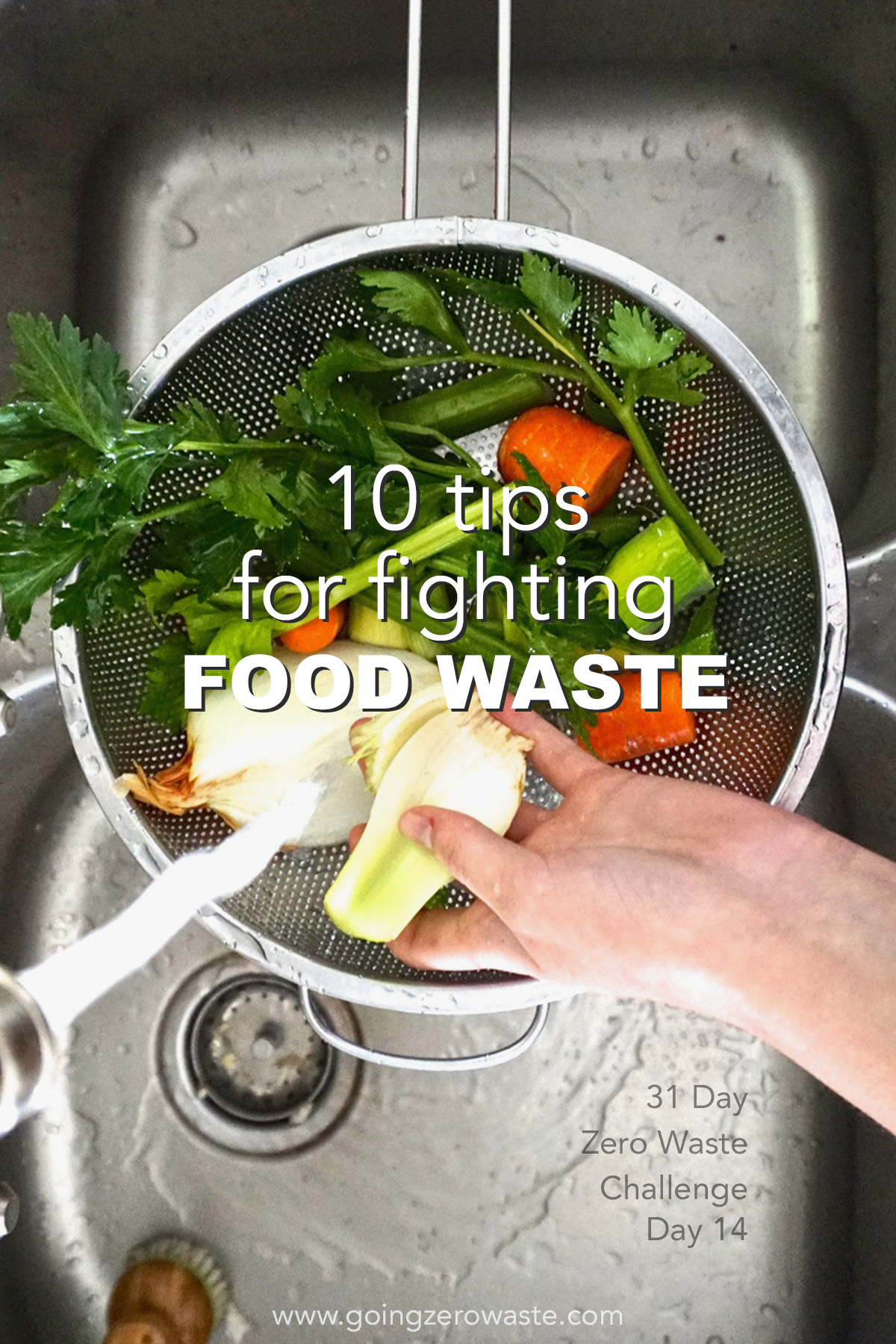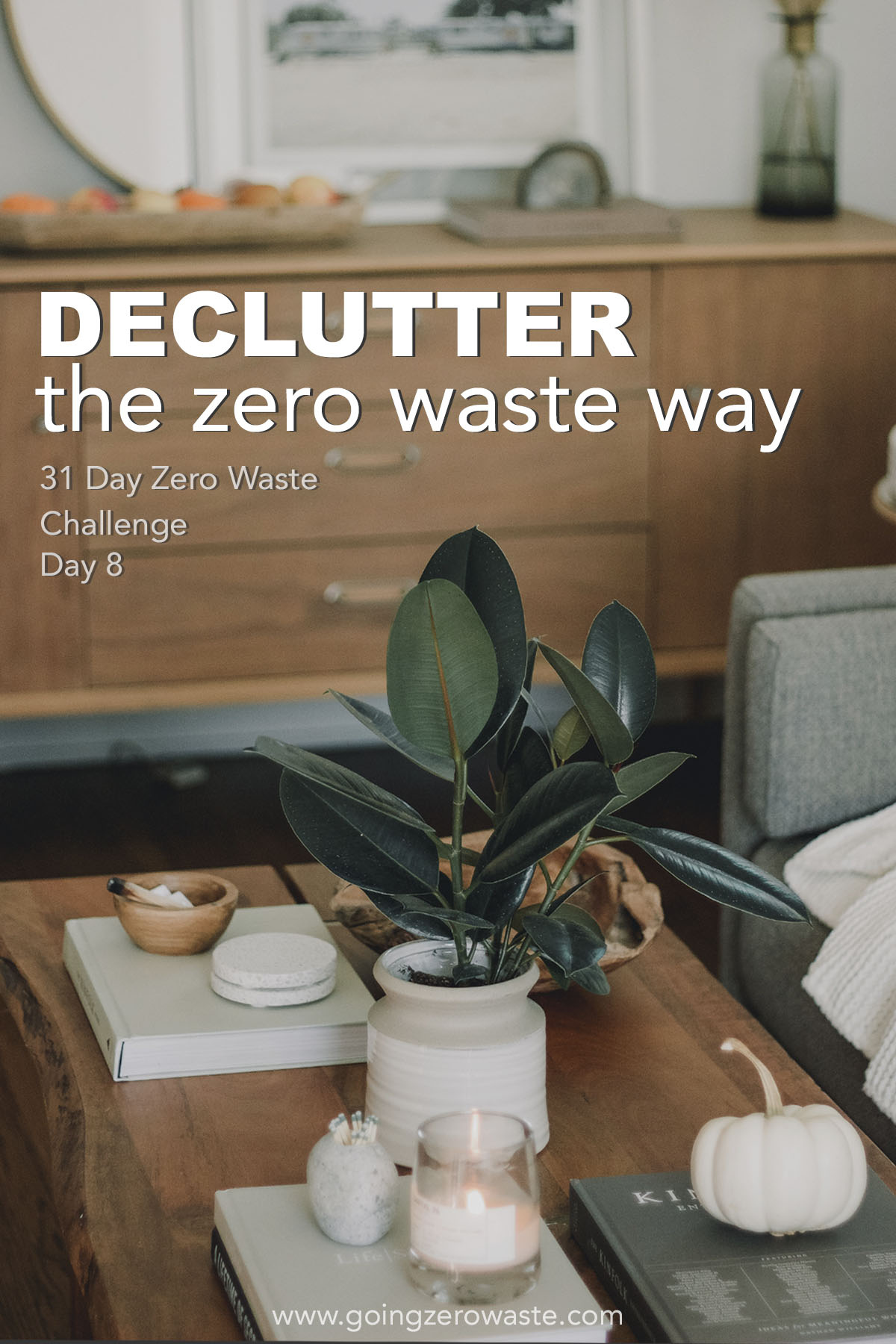Living a zero waste lifestyle is about recycling less - not more. One of the most prevalent ideas in the zero waste movement is pre-cycling which is preventing from recycling from ever happening.
Today I’m challenging you to recycle less! Not because I want you to stop recycling, but because I want you to have less to recycle.
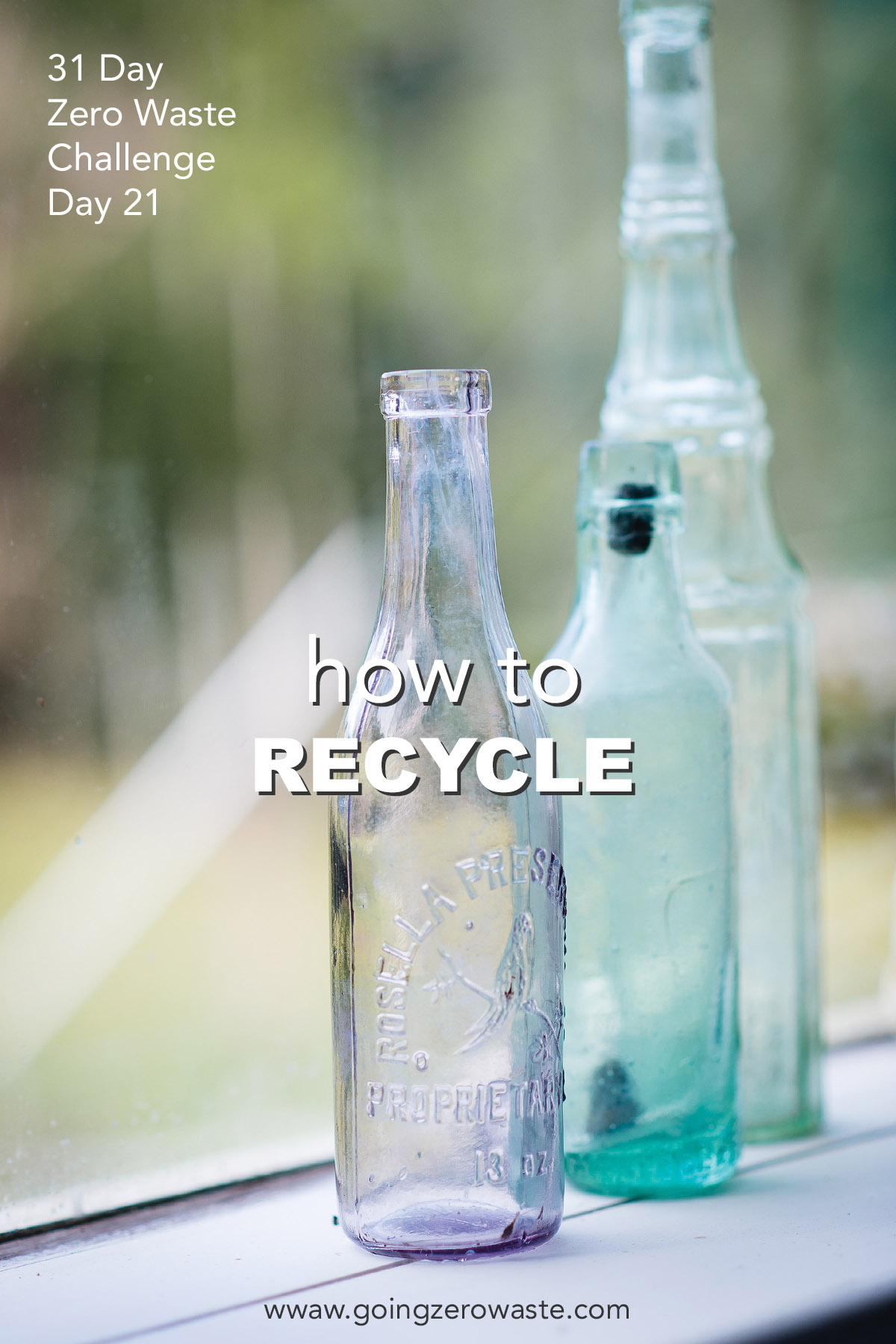
I want you to focus on reducing( day one of the zero waste challenge) and reusing (so many of the days of the zero waste challenge like using real stuff, bringing your own thermos to the cafe and repairing your belongings) before we ever get to recycling.
It’s day twenty-one of the zero waste challenge! In the beginning of the challenge, we focused on simple swaps like bringing your own water bottle and bags to the grocery store.
Now, we’re in the second phase of the challenge. These changes are lifestyle changes like learning to make your own snacks, decluttering your life the zero waste way, and conserving natural resources.
Most of the topics will start getting slightly more advanced for the rest of the challenge before we move into activism and ways to get your community involved, but today we’re talking about recycling.
Prefer video content? Scroll down to the bottom of the page.
the problem:
Recycling is great, but it’s a flawed system. We tend to view recycling as our environmental savior like it’s some sort of charity that will swoop in and save the day.
We tend to forget that recycling is a business. There has to be a demand for recycled products and materials, and often times… there’s not. It’s often cheaper to use virgin materials than it is to use recycled materials.
So, a lot of the items we put in the recycle bin aren’t ever recycled. For instance, out of all the plastic ever created, only 9% has ever actually been recycled.
China as of Jan 2018 put a ban on bales of paper and plastic to be recycled with a contamination rate over .5%. To put that into perspective the best recycling facilities in the country operate around a 4% contamination rate.
This has completely sent the business of recycling into a tailspin. This is why we can’t rely on recycling, but we have to look for better options like reducing and reusing.
the solution:
This is a multi-step solution of recycling less and recycling better. Since, I’ve gone into great detail throughout the challenge on how to reduce the amount of recyclables you have, this will only focus on recycling better!
Here’s a quick run down of the most materials.
GLASS
A 100% recycle rate.
There is no loss of quality or purity in the process.
Over a ton of natural resources are saved for every ton of glass recycled.
For every six tons of recycled glass used in the process of manufacturing new glass, carbon dioxide out gas is reduced by a ton.
ALUMINUM
A 100% recycle rate.
Aluminum is one of the most recyclable materials, and is worth the most.
Americans landfill almost a billion dollars of aluminum cans every year.
An aluminum can can be recycled and back on the shelf in 60 days.
There is no limit to how many times aluminum can be recycled. It is considered a self-sustaining metal.
PAPER
A 65% recycle rate.
The typical American will use seven trees a year for paper. That is approximately 2,000,000,000 trees every single year, and half of that is landfilled.
Each ton of recycled paper can save 17 trees, 380 gallons of oil, three cubic yards of landfill space, 4000 kilowatts of energy, and 7000 gallons of water. This represents a 64% energy savings, a 58% water savings, and 60 pounds less of air pollution.
It costs 50 – 80% less to use recycled paper than it does to make paper out of new pulp.
Also make sure that the paper you’re recycling is clean! Paper must be clean and dry. And, paper towels and napkins are NOT recyclable. (but they are compostable! See challenge day 10 to learn more about composting)
PLASTIC
A 9% recycle rate
The US consumes 2.5 million liquid filled plastic bottles every hour. Only around 27% of them are recycled.
Americans throw away 25,000,000,000 styrofoam coffee cups every year.
Plastic that escapes landfills, recycling, or is disposed of improperly is likely to find its way to the ocean where it kills a million sea creatures a year.
66% energy is saved in the production of new plastic products from recycled materials instead of raw materials.
I’ve also created guides on how to recycle the right way! Be sure to check the list out below.

take the challenge:
Today your challenge is to head to your waste management companies website and see if what you’re recycling is truly recyclable. Print out a list and put it on the fridge or on your recycle bin.
Go through your recycling and your trash to make sure that you’re separating correctly.
want more?
Just starting out? Have 1,000 burning questions!? Get access to my private Facebook group, where I’ll be hosting weekly lives throughout the challenge and I answer all of your most pressing questions.
I’m the head content creator over at pelacase.com and have partnered with them to create an email version of the challenge. I will be sending out weekly recap letters with Pela if you’d prefer to have this challenge in larger chunks and delivered straight to your inbox.
PLUS! I’ll be sending out a brand new e-book at the end of the challenge called the Game On Handbook. Which is all about individual ways to fight climate change. You don’t want to miss it.




